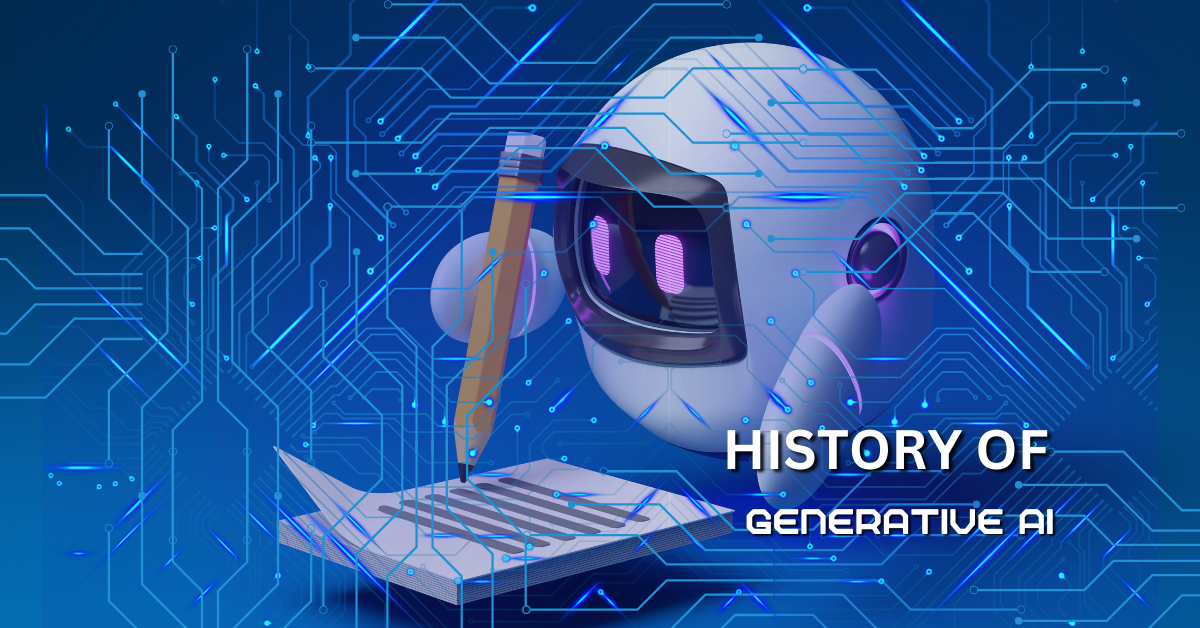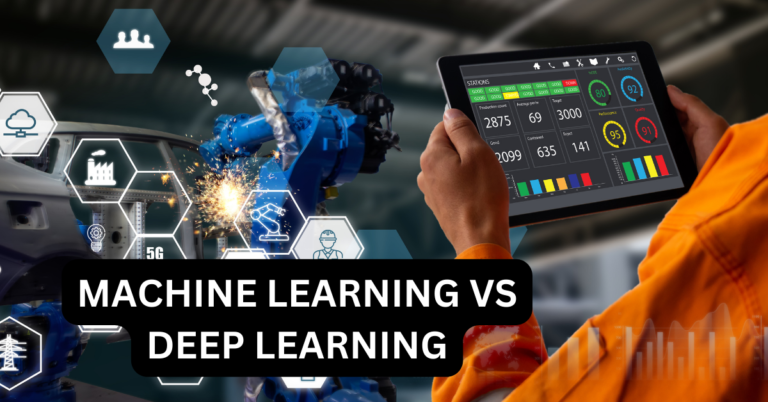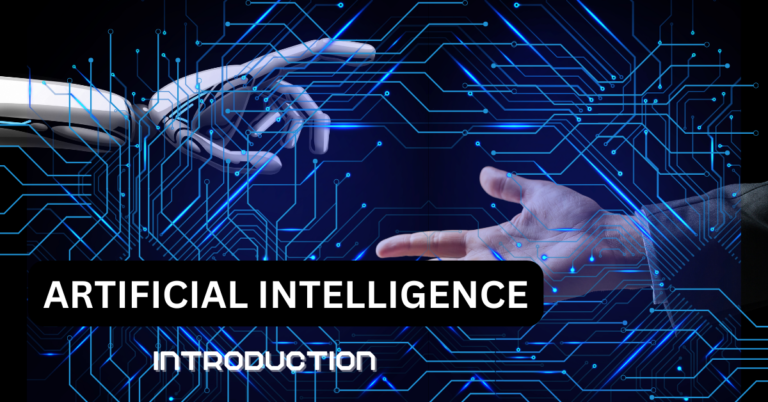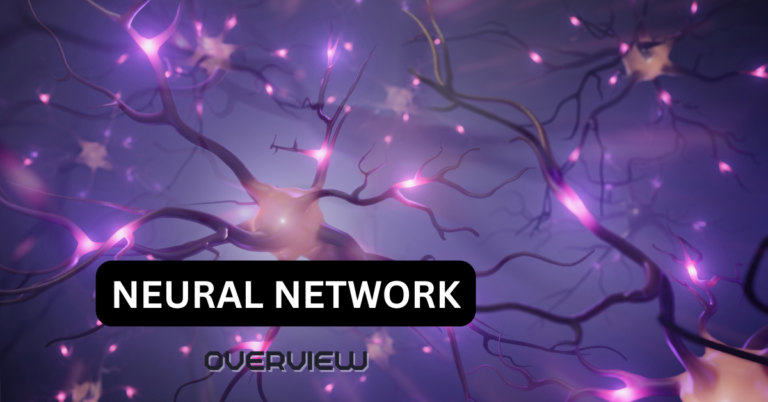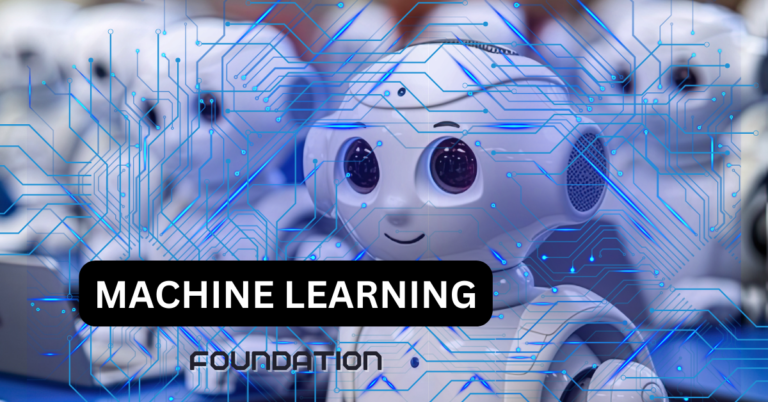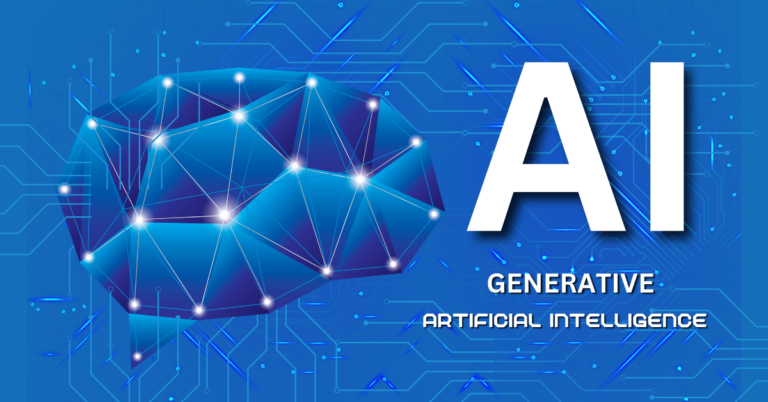A Brief History of Generative AI
Artificial Intelligence (AI) has come a long way, evolving into a technology that never ceases to amaze us. One captivating facet of AI, Generative AI, has been making waves recently. Let’s embark on a journey through time to unravel the intriguing history of Generative AI, tracing its roots, significant milestones, and the impact it has on our world today.
The History of Generative AI: Early Beginnings
Before we explore the history of Generative AI, first we have to look back to see the history of artificial intelligence. The seeds of Generative AI were sown in the mid-20th century when researchers first ventured into the realm of machine creativity. The early history of generative AI traces back to the 1950s when researchers began to develop statistical methods for generating data sequences. One of the earliest examples of generative AI is Markov chains. Those are a type of statistical model that can be used to generate sequences of text, images, and other data.
The Emergence of Neural Networks: 1980s-1990s
In the 1980s, researchers began to develop neural networks. The neural networks research gained prominence, providing a foundation for Generative AI.
Neural Networks are a type of machine learning model that can be used to learn complex relationships between data. One of the earliest neural networks used for generative AI was the Boltzmann machine, which can be used to model probability distributions.
However, computational limitations hindered progress in the research of Generative AI. The concept of neural networks resurged in the 1990s as researchers explored ways to generate patterns and images with limited success.
The researchers began to develop genetic algorithms, which are a method for searching for solutions to optimize problems by simulating the process of natural selection. Genetic algorithms are used to generate new data by mutating and recombining existing data.
Renaissance: Early 2000s
The dawn of the 21st century marked a new era for Generative AI. The advent of more powerful hardware and improved algorithms breathed life into the field. Probabilistic models like Hidden Markov Models (HMMs) and Restricted Boltzmann Machines (RBMs) began creating ripples in generating sequences and data.
Breakthrough: The Rise of GANs
In the early 2010s, the rise of deep learning led to a resurgence of interest in generative AI. Deep learning models can learn much more complex relationships between data than traditional statistical methods. This has made it possible to develop generative AI models that can generate much more realistic and creative data.
The turning point arrived in 2014 when Ian Goodfellow and his team introduced Generative Adversarial Networks (GANs). Two of the most popular deep learning models for generative AI are GANs and VAEs.
GANs are a type of adversarial learning model. It pits two neural networks against each other. One neural network called the generator, is responsible for creating new data and tries to fool the discriminator. The other neural network, called the discriminator, is responsible for distinguishing between actual data and data generated by the generator. This dynamic struggle led to impressive results, eventually revolutionizing Generative AI.
VAEs are a type of generative model that uses variational inference to learn the distribution of data. VAEs can generate more realistic data than GANs but can be more challenging to train.
GANs and VAEs are still under development, but they have the potential to revolutionize the way we interact with computers. GANs could be used to create realistic virtual worlds, generate personalized content, and improve the quality of machine translation.
VAEs could be used to improve the quality of medical images, create new art forms, and generate personalized music experiences.
Power of GPT: Language Generation Takes Center Stage
Around 2018, OpenAI released Generative Pre-trained Transformer (GPT) models, marking another milestone. The GPT-2 and GPT-3 models showcased the potential of Generative AI in natural language processing. These models learned from massive datasets and could generate coherent, human-like text, revolutionizing content creation and communication.
Visual Marvels: DALL-E and Beyond
The world of Generative AI expanded further with DALL-E’s debut in 2021. This model, developed by OpenAI, could generate images from textual descriptions. Suddenly, words could conjure images, bridging language and visuals. This marked a significant leap in creative expression and image generation.
Impact Across Industries
Generative AI’s impact has been profound. From generating art and music to enhancing medical diagnostics and powering game development, its applications are boundless. Industries like fashion, marketing, and finance have harnessed their potential, transforming the way we create, innovate, and engage.
I have another article where you can find more about the impact of generative AI.
In Conclusion: The Ongoing Journey
The history of Generative AI reflects a story of perseverance and innovation. What began as a quest for machine creativity has now evolved into a force that redefines human-machine collaboration. Generative AI continues to evolve, pushing boundaries and sparking new possibilities as we move towards a future where machines co-create with us.

